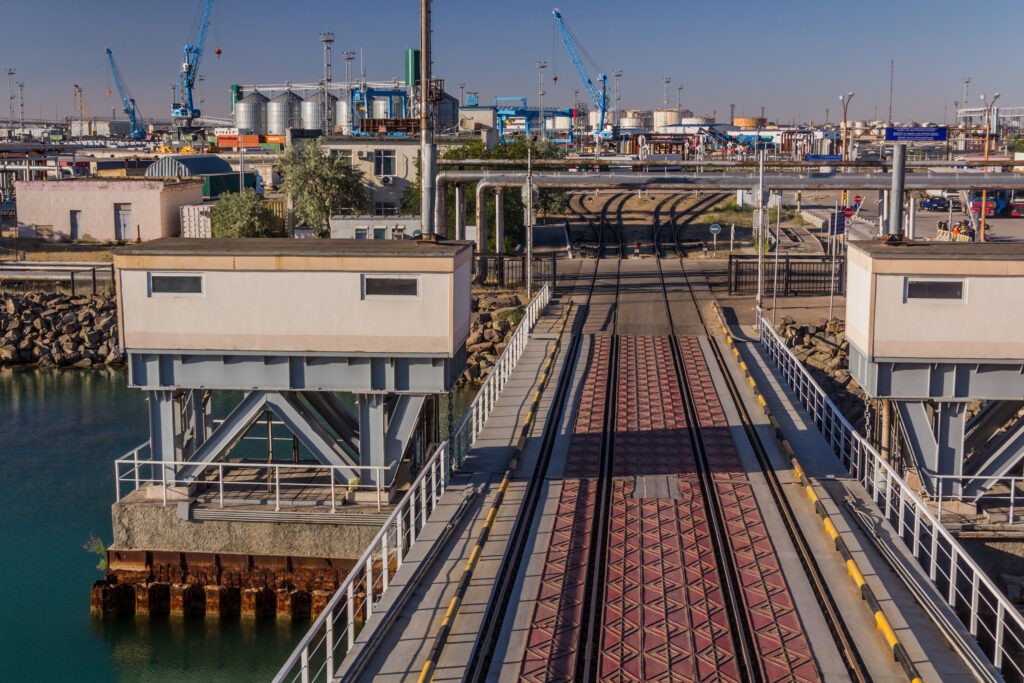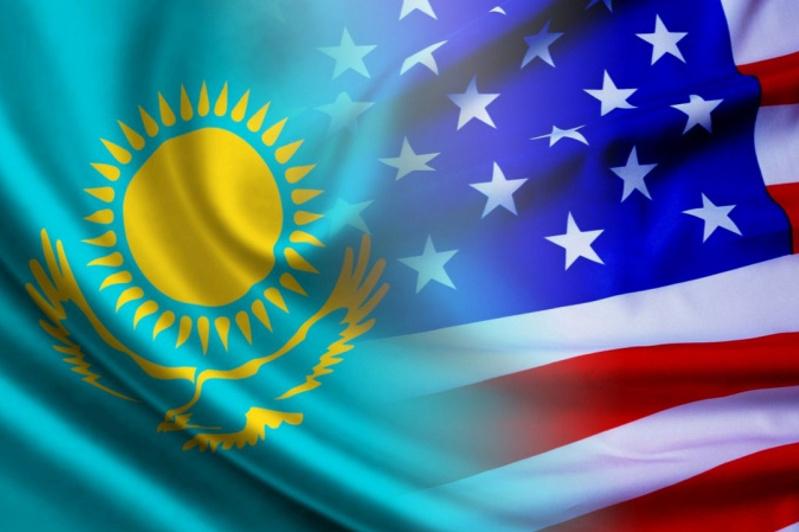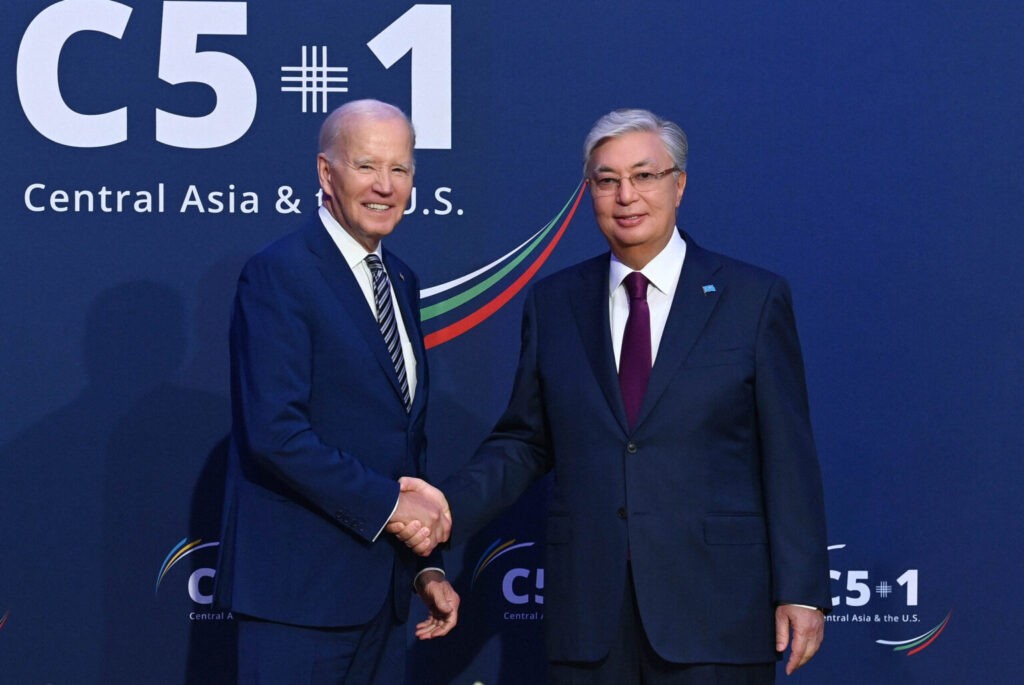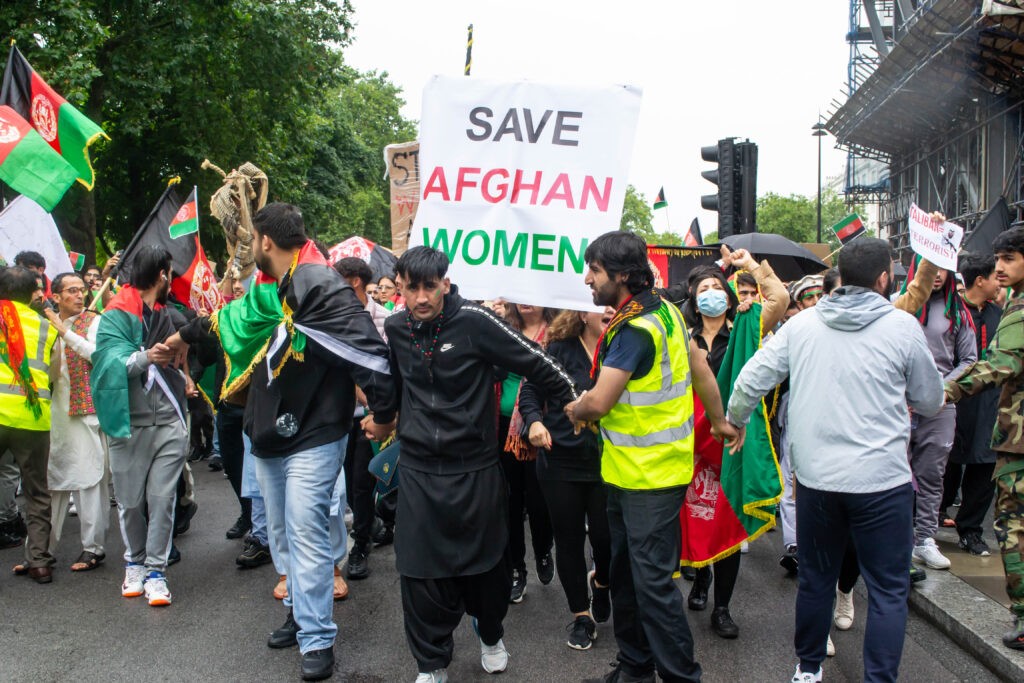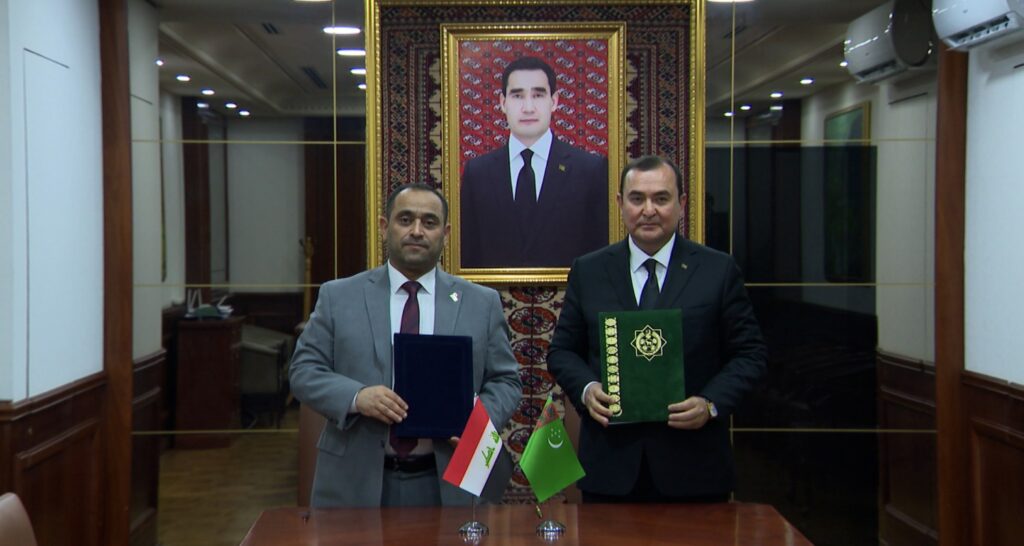Kazakhstan at a Crossroads: Navigating Geopolitical Dynamics in Eurasia
Sharing borders with China, Kyrgyzstan, Russia, Turkmenistan and Uzbekistan, Kazakhstan is the largest landlocked country in the world and the ninth largest overall by land area. Its geography makes this country a pivotal transit hub and it is now in the process of reshaping its strategic role in Eurasia. A recent significant development is the announcement of a new railway to China, which will further enhance Kazakhstan’s position in global trade, including in China’s famous Belt and Road Initiative (BRI). Deepening its relationship with China is one way that Kazakhstan seeks to diversify its economic and political ties away from Russia. At the same time, Kazakhstan is also looking to reduce its relative dependency on China and trying to balance its relationships with other major powers. Although some Western states have lately recognised this, and various international financial institutions are also assisting in enhancing Kazakhstan’s connectivity, these actors still need to pay more focused attention to Kazakhstan and work with the country in a more constructive manner. Expanding infrastructure and regional connectivity In the past, Kazakhstan has strengthened its position as a transit corridor through investments of more than $3.5 billion in the Khorgos gateway on the Chinese border (for facilitating Chinese goods being shipped to Central Asia and Europe), and other significant investments in various railways (most recently, the Shalkar–Beyneu and Zhezkazgan–Saksaul lines), as well as in the Kuryk seaport on the Caspian Sea and in the Trans-Caspian International Transport Route (TITR). The TITR is a 6,500-km corridor that links Asia with Europe and passes through various countries including Kazakhstan, Azerbaijan, Georgia, and Turkey. The Kuryk seaport has direct access to railway tracks and is fast becoming an important multi-modal route for cargo transshipment. In May 2023, Kazakhstan and China signed 47 co-operation agreements worth $22 billion. At the time, Kazakhstan’s President Kassym-Jomart Tokayev underlined that “the full exploitation of our transport and logistics capacity is of strategic importance”. He named China, Europe, Russia, and Central Asia as targets for logistical expansion. Reviewing bilateral relations with China in October last year, Tokayev proclaimed that his initiatives “confirm Kazakhstan’s readiness to strengthen our ‘all-weather’ relations and multifaceted co-operation”. Kazakhstan’s new railways amid incipient geopolitical shifts Given the above context, the recent announcement of the third railway connection between Kazakhstan and China is an important development that will enhance freight capacity and reduce border congestion. The new 272-kilometre (km) line will run in a south-east direction from Ayagoz in eastern Kazakhstan to Bakhty on the Chinese border before continuing to Chuguchak in Tacheng prefecture. The double-track railway is expected to boost freight capacity between Kazakhstan and China by more than two thirds, raising annual carriage from 28 million to about 48 million tonnes per year after its completion in 2027. The connection is a part of the major investment in a total of 1,300 km of new railway lines that are expected to facilitate exports and contribute to the TITR’s development. In the meantime, Kazakhstan has recently flashed on the geopolitical...


